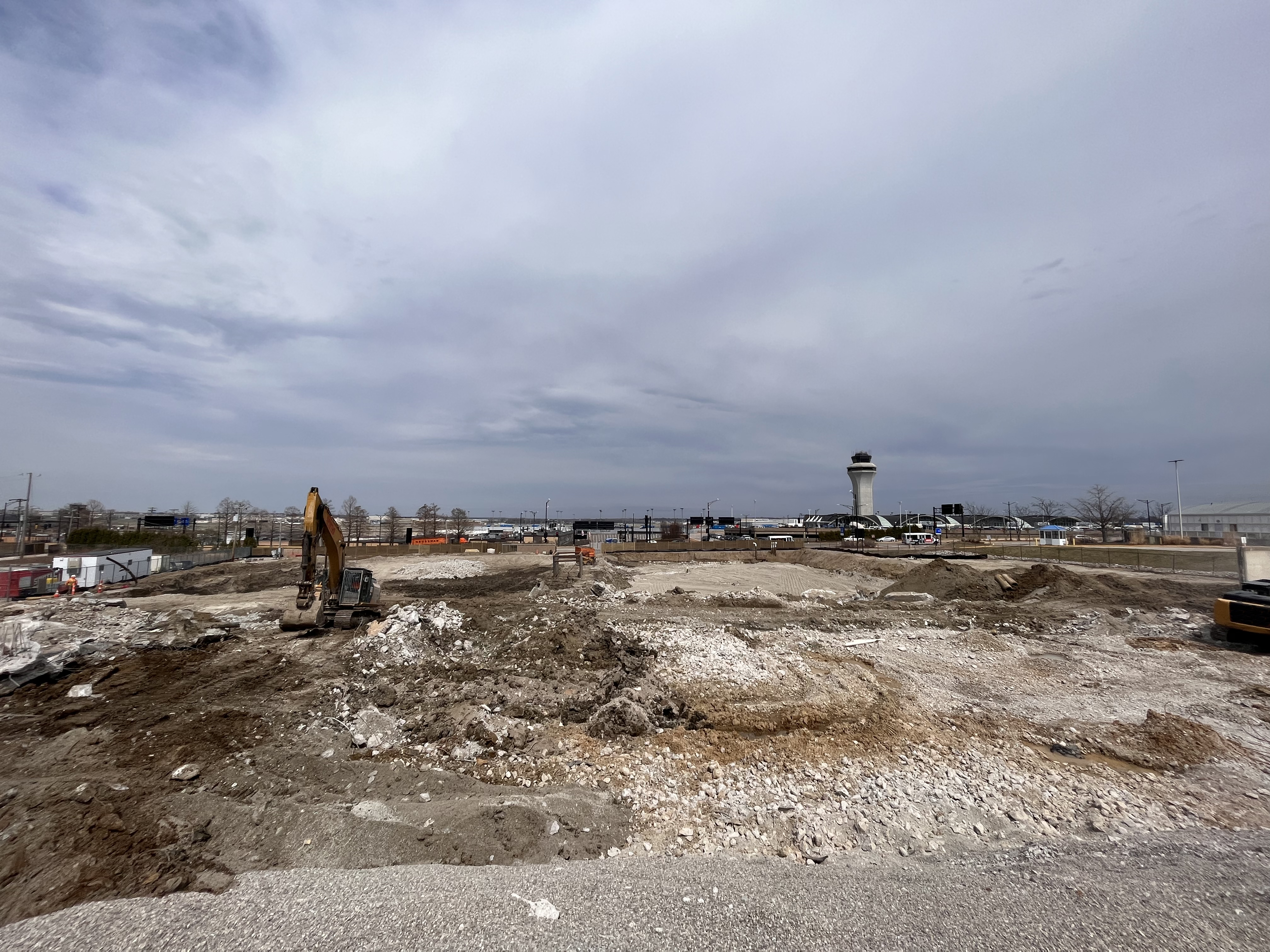
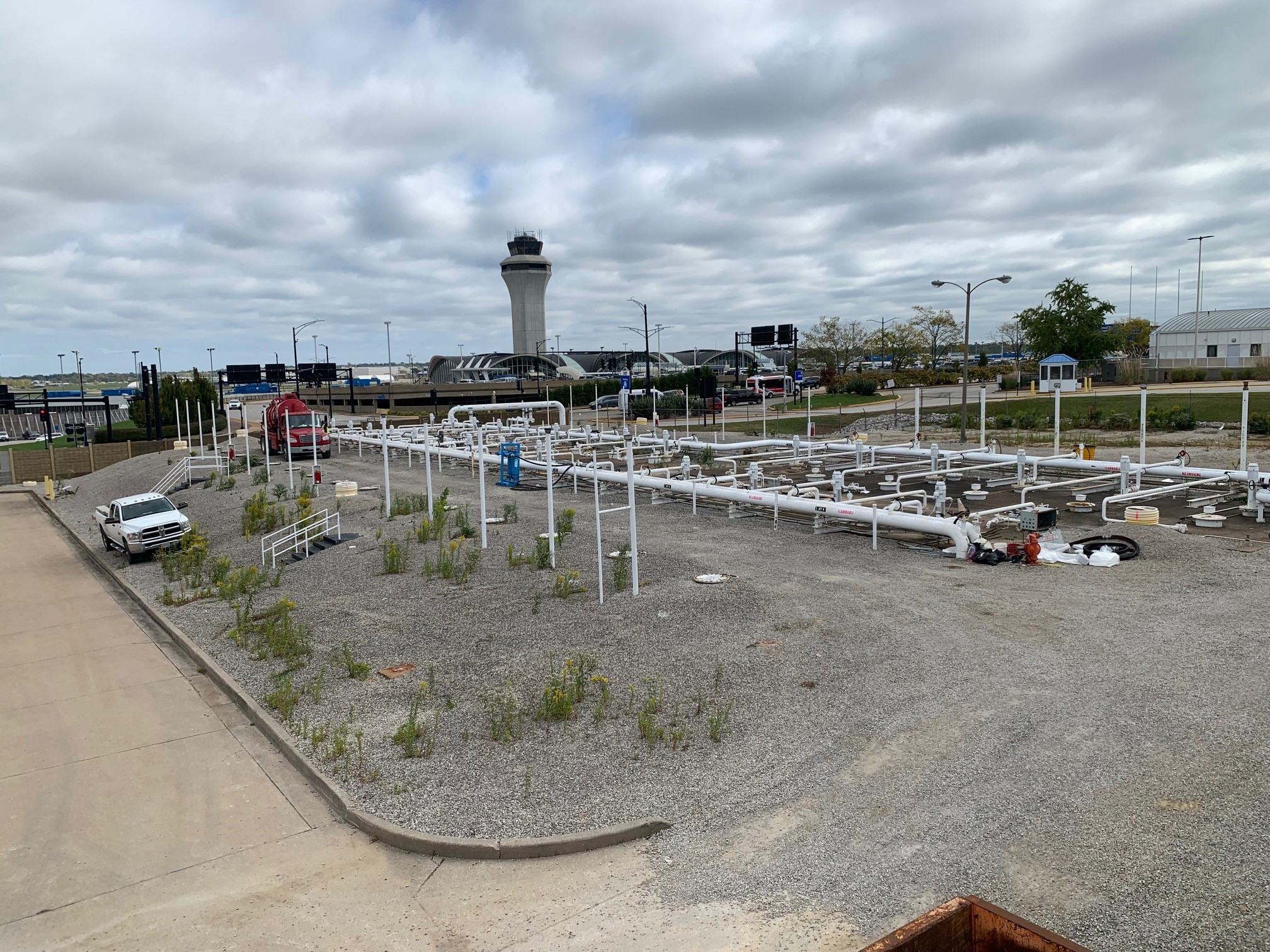

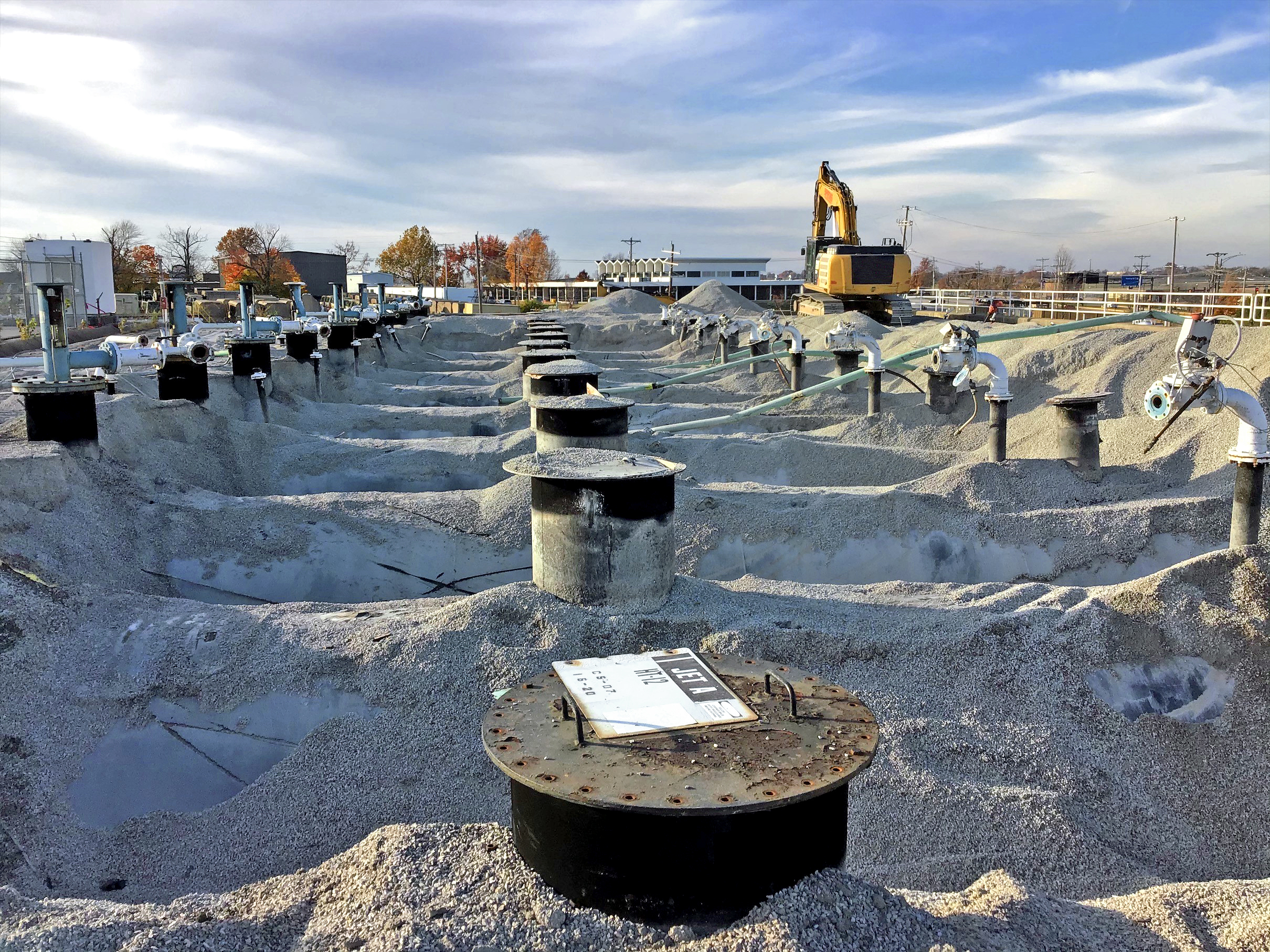

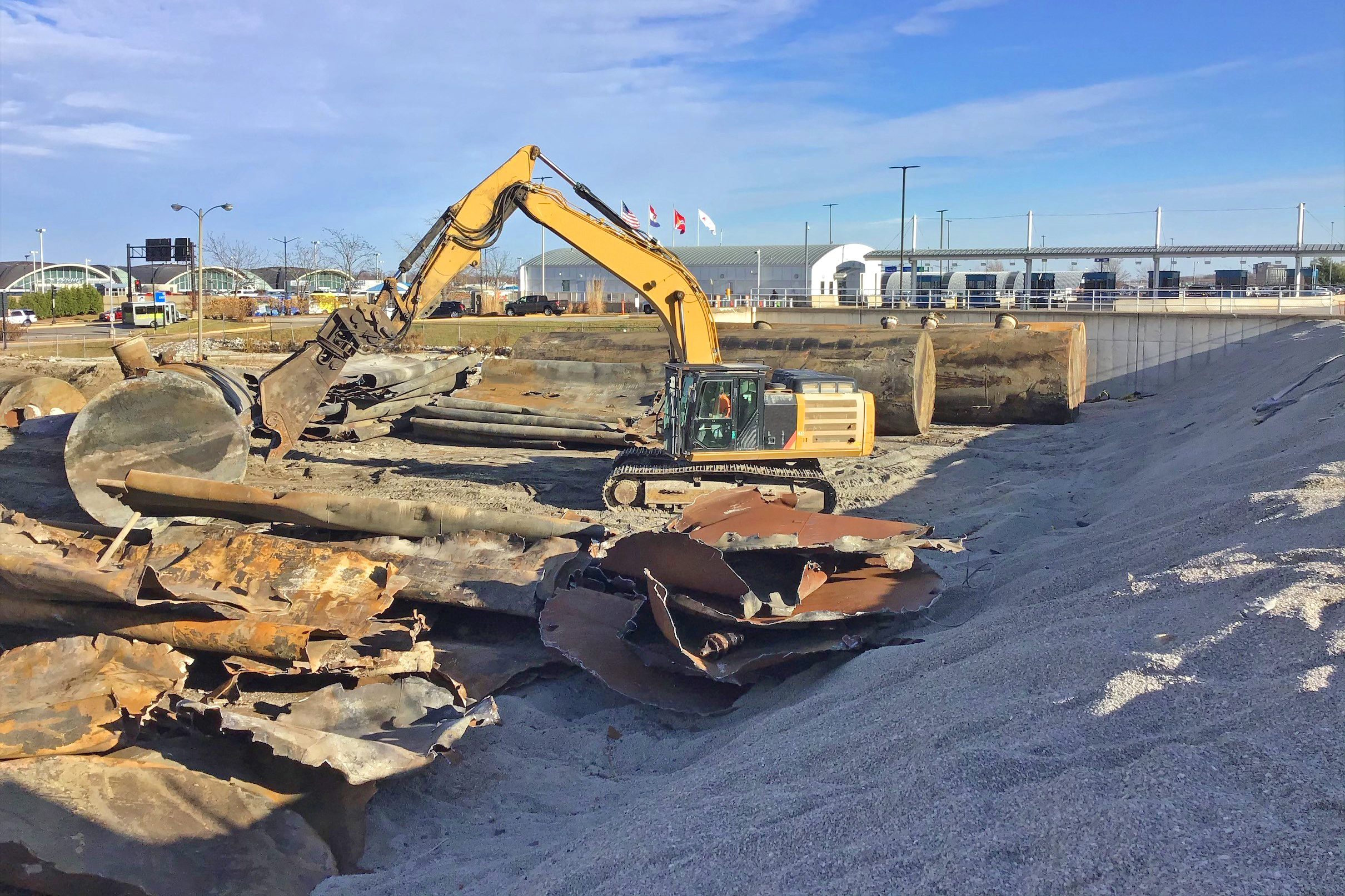
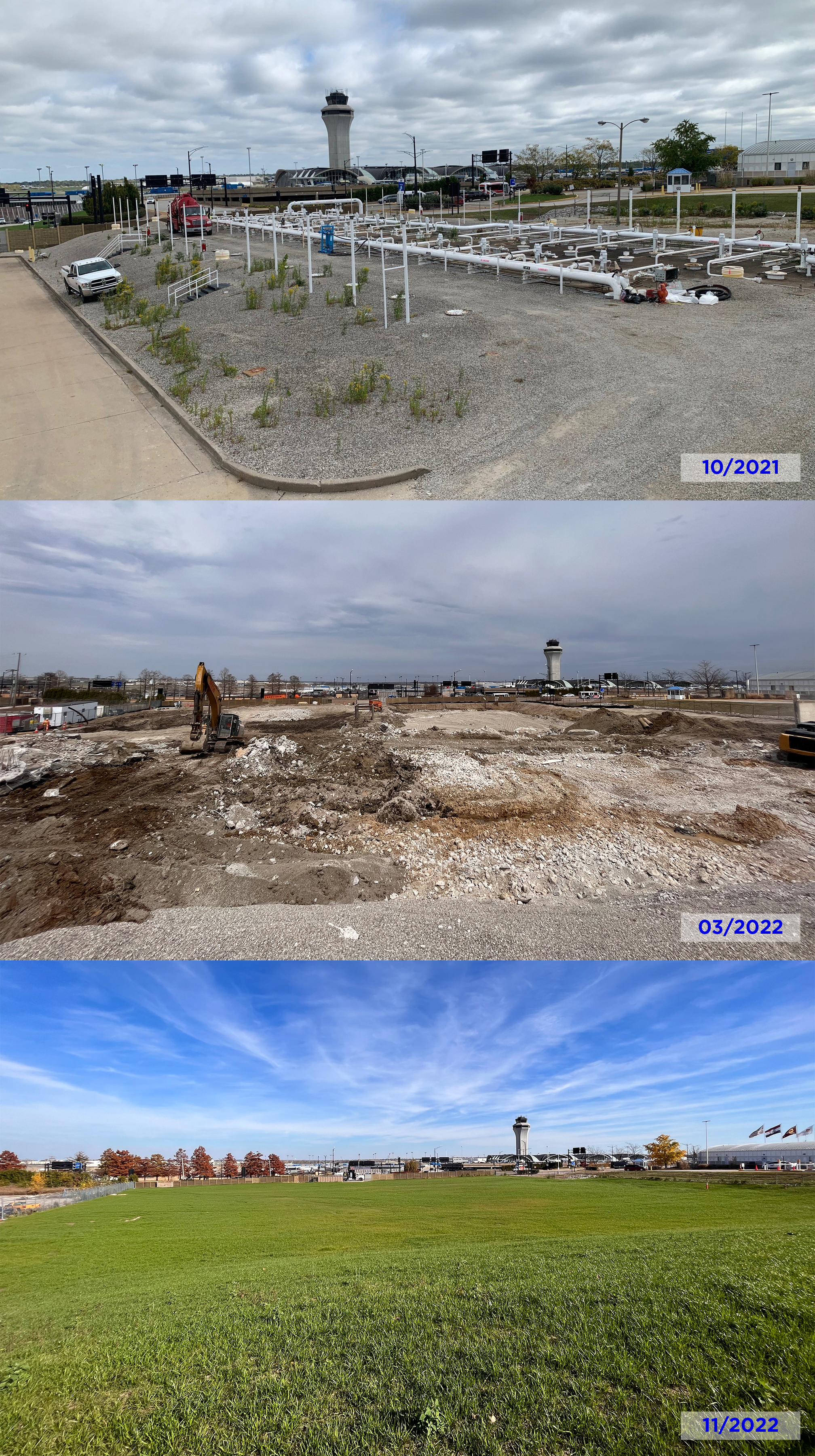
Service Feature
Successful Decommissioning and Demolition of Obsolete Facilities and Structures Requires Disciplined Approach
Decommissioning and demolishing any facility is a complex process requiring careful planning, uncompromising safety procedures and a commitment to quality processes. It takes a general contractor with deep experience in the nuances of decommissioning and demolition to eliminate health and safety risks posed by obsolete facilities as well as costly ongoing maintenance. When working with an integrated engineer-procure-construct (EPC) firm, owners gain the advantage of a partner that can execute the full scope of services needed from initial environmental assessments to final successful closure.
Decommissioning and demolition (D&D) is a process fraught with unanticipated complexity, ranging from surprises discovered beneath the ground to rigorous environmental compliance, among a host of other factors. Failure to anticipate these items can result in schedule delays and costly budget overruns. When completed properly, these steps mitigate risks and can result in a successful D&D program.
Scope Development
The complexity of each D&D project requires a unique approach to scope development. Understanding the anticipated future use of the site is critical for identifying appropriate remedial action objectives. The scope will include developing a sound approach for structure removal, foundation removal, utility abandonment, determining which facilities or utilities need to remain, and environmental liability management. Data gathered from a regulated materials assessment will be crucial to understanding the distribution of site contaminants and will serve as the basis for project scope.
Bid Document Development
A number of drawings and specifications are typically developed for the D&D contract so that the scope of work is clearly defined and meets the site-specific safety and administrative requirements. These may include drawings for demolition of foundations, piping, instruments and structures, as well as stormwater controls, environmental remediation and many other details. Bid packages are prepared to clearly identify the base scope so that bids can be easily compared and obtain unit prices for future activities that may be required.
Cost and Schedule Estimates
Developing realistic estimates of project costs and schedule is key to a successful project. These estimates are the road map for required asset retirement obligations, as well as ongoing planning and budgeting. A partner with experience with planning, estimating and implementing for a wide range of D&D projects will assist in streamlining this process.
Mitigating environmental liability is often a primary driving factor for a D&D project. These activities are essential to successfully navigating an inherently complex process.
Regulated Materials Assessment
A broad range of regulated materials may be present on-site and a thorough inspection will be necessary. Asbestos, polychlorinated biphenyls (PCBs), oil and chemicals, or other regulated materials will require special handling and disposal if found on the property. This inspection is essential to allow for the safe handling, removal and disposal of these identified materials.
Ash Pond and Landfill Closure
Retired coal-fired power generation facilities are covered by a number of stringent regulations for management of coal combustion residuals (CCR), including closure of ash ponds and landfills. Pre- and post-closure sampling is essential, along with cap and closure design, permitting and construction support for closure of ponds or landfills.
Permitting
A range of local, state and federal regulations are applicable to D&D projects and understanding permitting requirements at early stages is essential. These insights help in scope negotiations for asbestos abatement, NPDES compliance, as well as compliance with FAA requirements, stormwater management best practices, and compliance with the U.S. Army Corps of Engineers Section 10/404 permitting. In addition, project sites may be subject to state historical evaluation, endangered species, wetlands determinations, cultural resources and other regulations.
Remediation Plans and Specifications
Plans and specifications for remediation of subsurface impacts may include soil removal and backfill along with other steps like underground tank and piping removal. The scope must meet regulatory agency requirements and serves as the basis for plans and specifications for bidding and engineering cost estimates.
A project team that can perform the full range of activities from assessment and studies to permitting, remediation, project planning, engineering design and construction management is key to cost and schedule certainty. These activities enhance the likelihood of a successful outcome.
Bid Process Administration
The process of identifying and soliciting bids from qualified specialty contractors often requires prequalification, bid walks around sites in question as well as coordination of responses to questions. Efficient bid evaluations follow established processes that capture the full range of technical and financial issues.
On-Site Representation
An experienced on-site representative can serve as a buffer to protect against costly mistakes while keeping a close eye on the project schedule and budget. In serving as a liaison between the demolition contractor and owner, the representative provides the insight and reporting that will help confirm that all activities conform with the execution plan, including review of contractor invoices/changes, photo documentation of site activities and coordinating final reporting, including all waste and scrap manifests.
Engineer-Procure-Construct (EPC) Contracting
An integrated EPC approach has proven to be an ideal method for reducing owner risk across many sectors. For D&D projects, it limits exposure to escalating costs, maintains schedule discipline, improves collaboration and communication among all project stakeholders, and creates an environment for innovation that may help produce a number of unexpected benefits. As an EPC contractor, we bring extensive technical experience to serve as a single point of contact to self-perform all aspect of the work for the owner with authority for hiring and managing all subcontractors and providing professional oversight of all demolition and remediation activities.
Burns & McDonnell is a family of companies bringing together an unmatched team of engineers, construction and craft professionals, architects and more to design and build our critical infrastructure. With an integrated construction and design mindset, we offer full-service capabilities. Founded in 1898 and working from dozens of offices globally, Burns & McDonnell is 100% employee-owned. For more information, visit burnsmcd.com.







✖